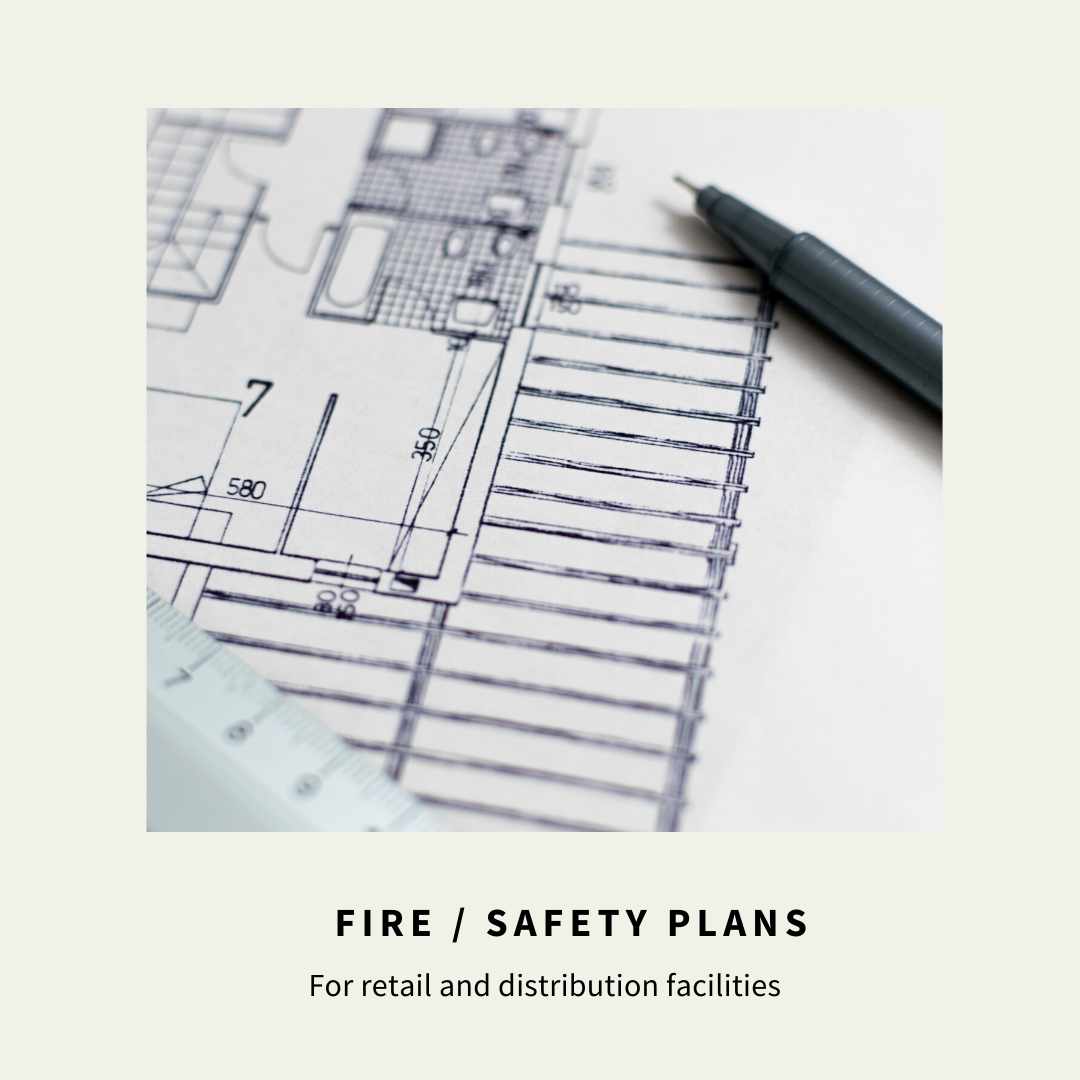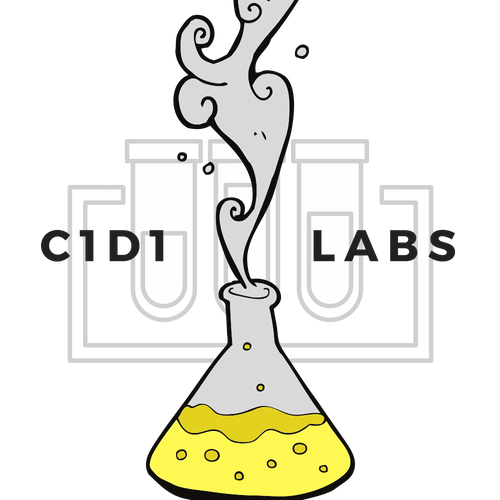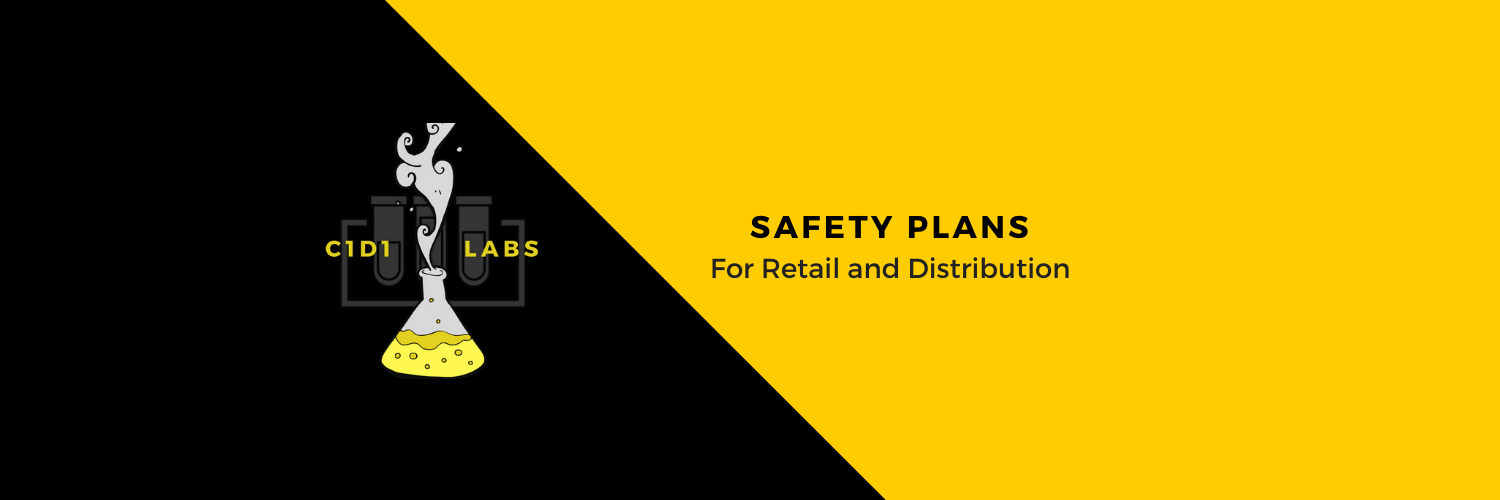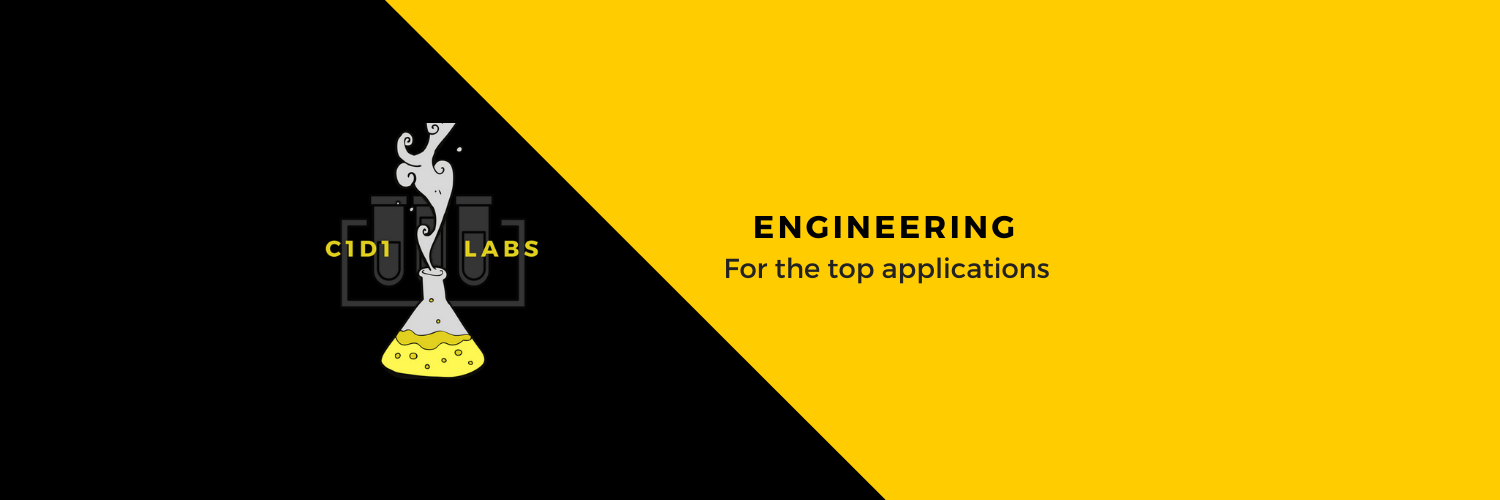Dispensary Safety Plans
Whether you are filing an application with your local city for a dispensary license, or want to update your existing fire, life safety, and medical safety plan, we got you covered. We have architects architectural engineers, and fire protection engineers who are building code experts. We seamlessly apply building and fire code requirements to your dispensary and determine the required fire sprinkler systems, fire alarm systems, portable fire extinguishers, means of egress, automated external defibrillators, Safety Data Sheets, medical training, and a fire evacuation plan. This planning involves a narrative along with a fire and life safety diagram that outlines all of the provisions above. The safety plan is dependent upon the size of the dispensary, the size of the back of house operations, the security plan and how store access is controlled, the number of occupants expected to be in your building, and the specific geometry and arrangement of your store. If a sprinkler system is already present or a new one is being installed as part of the build, our fire
protection engineer will determine if it is a required system and will specify its design criteria. For example, most retail stores are Ordinary Hazard Group 2. Similarly, the requirement for a fire alarm system will be evaluated. Fire alarm systems are often not required, but are installed as a fire safety enhancement to the facility.

Fire and Safety Plans
Supplementary safety systems are often installed in dispensaries as an added form of life safety. For example, specific hazardous or toxic gases may be utilized in the dispensary. In this case, supplementary gas detectors would be installed to detect the gas and alert staff and occupants of hazardous conditions. Carbon monoxide, carbon dioxide, and chemicals used for testing may prompt a gas detection system or systems to protect against these hazards. The means of egress has to follow Chapter 10 of the IBC (or its locally adopted equivalent) or the IFC (or its locally adopted equivalent). Occupant load, travel distances, number of exits, arrangement of exits, egress for people with disabilities, and the width and types of doors in the means of egress all have to be evaluated for a code compliant means of egress design. The width of corridors and other egress elements also have code requirements. Our fire protection engineers and architects have extensive experience in devising the means of egress for all types of facilities, including retail. After the means of egress is designed, a fire evacuation plan can be specified. The fire evacuation plan depicts how staff and the public will egress from the store, and where they will muster afterwards. Staff should meet at muster points, and someone might be responsible for determining that the store is unoccupied. Since dispensaries may contain occupants with health conditions or disabilities, it is important that the staff possess medical training and know the proper procedures should someone experience a medical emergency while in the store. Staff should be trained in the usage of automated external defibrillators, CPR, and be able to detect the vital signs of an occupant. Staff should know to promptly contact emergency services when these emergency conditions are present. Staff must also be trained in how to assist each other in medical emergencies. The OSHA policies and procedures for reporting accidents and injuries have to be observed. Developing a safety plan for your dispensary is not a simple process. For the maximum score on the safety portion of your dispensary application, or to satisfy local fire department requirements for fire and life safety, contact us today for a quote.


